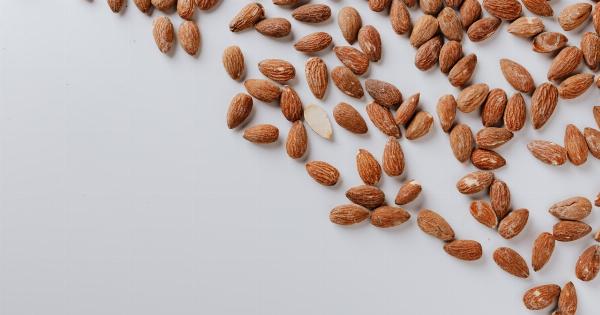Ice cream is a popular frozen dessert enjoyed by people of all ages. It comes in various forms, including ice cream sticks and cups.
While both options offer the refreshing and creamy taste that ice cream lovers crave, there may be differences in the calorie content. In this article, we will compare the calorie counts of ice cream sticks and cups, allowing you to make an informed choice the next time you indulge in this delightful treat.
Calorie Comparison: Ice Cream Sticks
Ice cream sticks are a convenient and commonly available option for enjoying a frozen treat on the go. These single-serving ice cream bars typically come on a stick for easy handling.
However, it is important to note that the calorie content can vary depending on the flavor and brand.
Calories in Popular Ice Cream Stick Flavors
Here is a comparison of the calorie content in some popular ice cream stick flavors:.
1. Vanilla Ice Cream Stick
A classic flavor, vanilla ice cream sticks are a timeless favorite. On average, a vanilla ice cream stick contains around 120-150 calories.
However, it’s always a good idea to check the nutrition label of the specific brand you choose, as calorie counts may slightly differ.
2. Chocolate Ice Cream Stick
For chocolate lovers, chocolate ice cream sticks are a heavenly delight. These creamy treats pack around 150-180 calories per serving. While the chocolate flavor may vary across different brands, the calorie count remains relatively consistent.
3. Strawberry Ice Cream Stick
Strawberry ice cream sticks offer a fruity and refreshing twist. These flavorsome treats typically have a calorie range of 130-160 calories per serving. However, as always, it’s essential to check the packaging for accurate nutritional information.
Calorie Comparison: Ice Cream Cups
Ice cream cups offer a different presentation style compared to ice cream sticks. These delectable desserts come in individual serving cups and are often topped with various toppings and syrups.
Let’s explore the calorie counts of some popular ice cream cup flavors.
1. Cookies and Cream Ice Cream Cup
Known for its combination of creamy vanilla ice cream and crushed chocolate cookies, the cookies and cream ice cream cup can be a delightful treat. On average, a single serving cup contains around 200-250 calories.
Keep in mind that additional toppings and syrups may increase the overall calorie content.
2. Mint Chocolate Chip Ice Cream Cup
Mint chocolate chip ice cream cups are a refreshing and indulgent option. With smooth mint-flavored ice cream and delicious chocolate chips, these cups offer a balance of flavors.
The approximate calorie count for a serving of mint chocolate chip ice cream in a cup is 180-220 calories, depending on the brand.
3. Caramel Swirl Ice Cream Cup
Caramel lovers rejoice! The caramel swirl ice cream cup combines creamy vanilla ice cream with a rich caramel swirl. These cups typically contain around 230-270 calories per serving.
If you’re watching your calorie intake, be aware that additional caramel drizzles or toppings can increase the overall calorie count.
Conclusion
When it comes to calorie comparison between ice cream sticks and cups, both options offer a range of flavors and varying calorie contents. Ice cream sticks generally have a lower calorie count compared to ice cream cups.
However, it’s essential to read the nutrition labels and consider any additional toppings or variations offered by specific brands.
Ultimately, the choice between ice cream sticks and cups depends on personal preference. Whether you prefer the convenience of a handheld stick or the indulgence of a cup with toppings, both options can be enjoyed as part of a balanced diet.






















